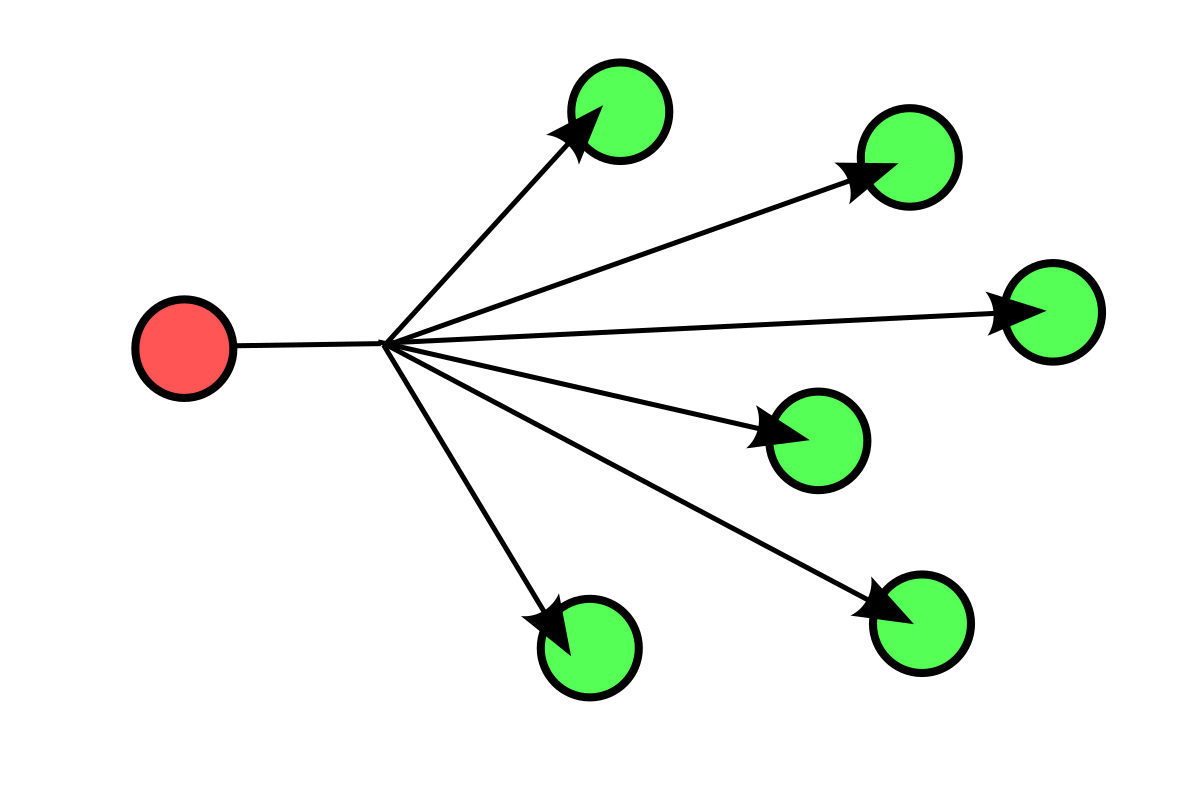Data transmission modes refer to the methods by which data is transferred between devices or systems in a network. These modes determine the direction and timing of data flow, which is crucial in ensuring efficient and reliable communication. There are two basic data transmission modes depending on how the data is transmitted and the direction in which the data is transmitted.
Depending on how the data is transmitted
There are three primary data transmission modes: simplex, half-duplex, and full-duplex.
Simplex mode :
In simplex mode, data transmission is unidirectional, meaning data flows in only one direction. A common example is a keyboard sending input to a computer. The keyboard only sends signals, and the computer only receives them, with no communication in the opposite direction.
Half duplex mode :
In half-duplex mode, data transmission is bidirectional, but not simultaneously. Devices can both send and receive data, but not at the same time. A typical example is a walkie-talkie, where communication happens in turns – one party speaks while the other listens, and vice versa.
Full duplex mode :
Full-duplex mode allows bidirectional data transmission simultaneously. Devices can send and receive data at the same time, which significantly improves communication efficiency. An example of this mode is a telephone conversation, where both parties can speak and listen simultaneously.
Depending on the direction in which the data is transmitted
The three primary types of data transmission depending on direction, are unicast, multicast, and broadcast, each serving distinct purposes and applications.
Unicast :
Unicast refers to the communication between a single sender and a single receiver. In this method, data packets are sent from one source to one specific destination, ensuring a direct and unique path. This approach is commonly used in scenarios requiring private and individualized communication, such as web browsing or file transfers between two devices, or sending messages among two telephones.
Multicast :
Multicast involves data transmission from one sender to multiple specified receivers. Unlike unicast, multicast allows efficient distribution of data to a group of destinations simultaneously. This method is particularly useful for applications like streaming media, online gaming, group calls, and video conferencing, where the same data needs to reach multiple recipients without redundancy.
Broadcast :
Broadcast entails sending data from one sender to all possible receivers within a network segment. In this transmission type, data packets are delivered to every device in the broadcast domain. Broadcasting is typically employed in local area networks (LANs) for tasks such as address resolution and network discovery, where information must be disseminated to all devices. Also, we can get television and radio as an example to broadcast.
***







0 comments:
Post a Comment